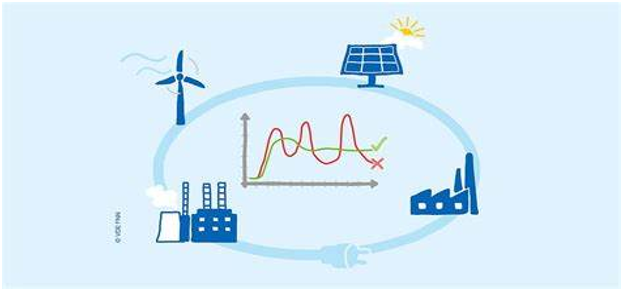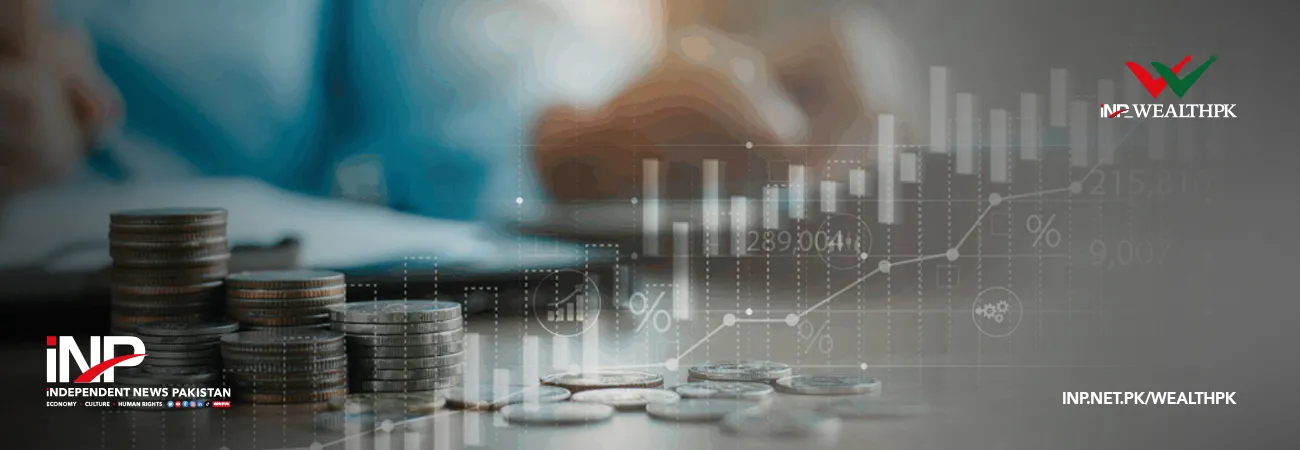INP-WealthPk
Amir Saeed
Pakistan must balance renewable energy adoption with grid modernisation to ensure stability and resilience while leveraging CPEC's green transition opportunities.

Dr Abid Qaiyum Suleri, Executive Director of Sustainable Development Policy Institute (SDPI), has highlighted the dramatic shifts in global politics and economics, emphasising that these changes have created a new window of opportunity for Pakistan and the broader Belt and Road Initiative. He was addressing a conference on CPEC & Beyond: How China Enabled Pakistan’s Energy Transition – organised by SDPI.
“As countries in the Global North engage in tariff wars and adopt protectionist policies, the global markets for green technologies – such as solar panels, electric vehicles, and batteries – are being reshaped,” Suleri pointed out. He said: “This changing landscape means developing countries like Pakistan now have a chance to tap into their own potential and meet rising energy demands.”
“When the Global North closes doors, the Global South must open windows,” he remarked, underscoring the importance of seizing this moment. However, Suleri also warned that green growth cannot happen without grid stability. He referenced the recent massive blackout in Spain and Portugal, which happened when a sudden weather-driven increase in solar power caused the grid frequency to drop from 50Hz to 49Hz.
“This spike saw solar’s share of the power supply leap from 20% to 55%, overwhelming the grid and causing one of the worst outages,” he said. He stressed that even countries with advanced infrastructure may suffer from grid collapse if they do not manage renewable energy integration with smart, proactive planning. For Pakistan, especially as it advances under CPEC Phase-II, the SDPI executive director urged policymakers to look beyond simply importing green technologies or expanding infrastructure.
“The real need is to modernise the grid, build transmission systems that are ready for renewables, and learn from international experiences to prepare in advance.” “Embracing green solutions must go hand in hand with building resilience into the energy system,” Suleri underscored. Adding to this discussion, Shah Jahan Mirza, Managing Director of Private Power & Infrastructure Board (PPIB), highlighted both the opportunities and challenges within Pakistan’s evolving energy sector.
He noted that the cost of small solar projects had dropped dramatically from tariffs of Rs27/unit in 2015 to just Rs8-9/unit today. “This has shortened payback periods to as little as 1.5-2 years, attracting a wave of small-scale independent power producers and offering unusually high returns.” While the government is working to adjust returns for larger projects, Mirza cautioned that unchecked growth in rooftop solar could also pose risks to grid stability.
“A nationwide study is underway to find the optimal level of distributed generation,” he said. As Pakistan enters CPEC Phase-II, Mirza stressed the importance of aligning policy, planning, and implementation. “The country must come to the table with not just ideas, but actionable plans and documents.”
With the world turning toward green energy, he called for a re-evaluation of the energy model, reducing risk for the government, managing demand, and supporting sustainable investment. “We must fix the model, align our plans, and adopt smart, green solutions – not just policies, but implementation.”
Credit: INP-WealthPk













